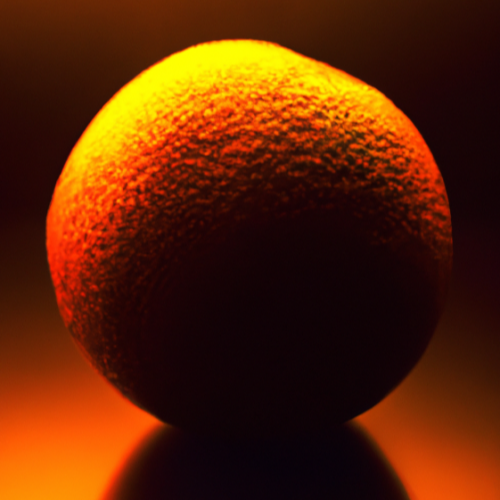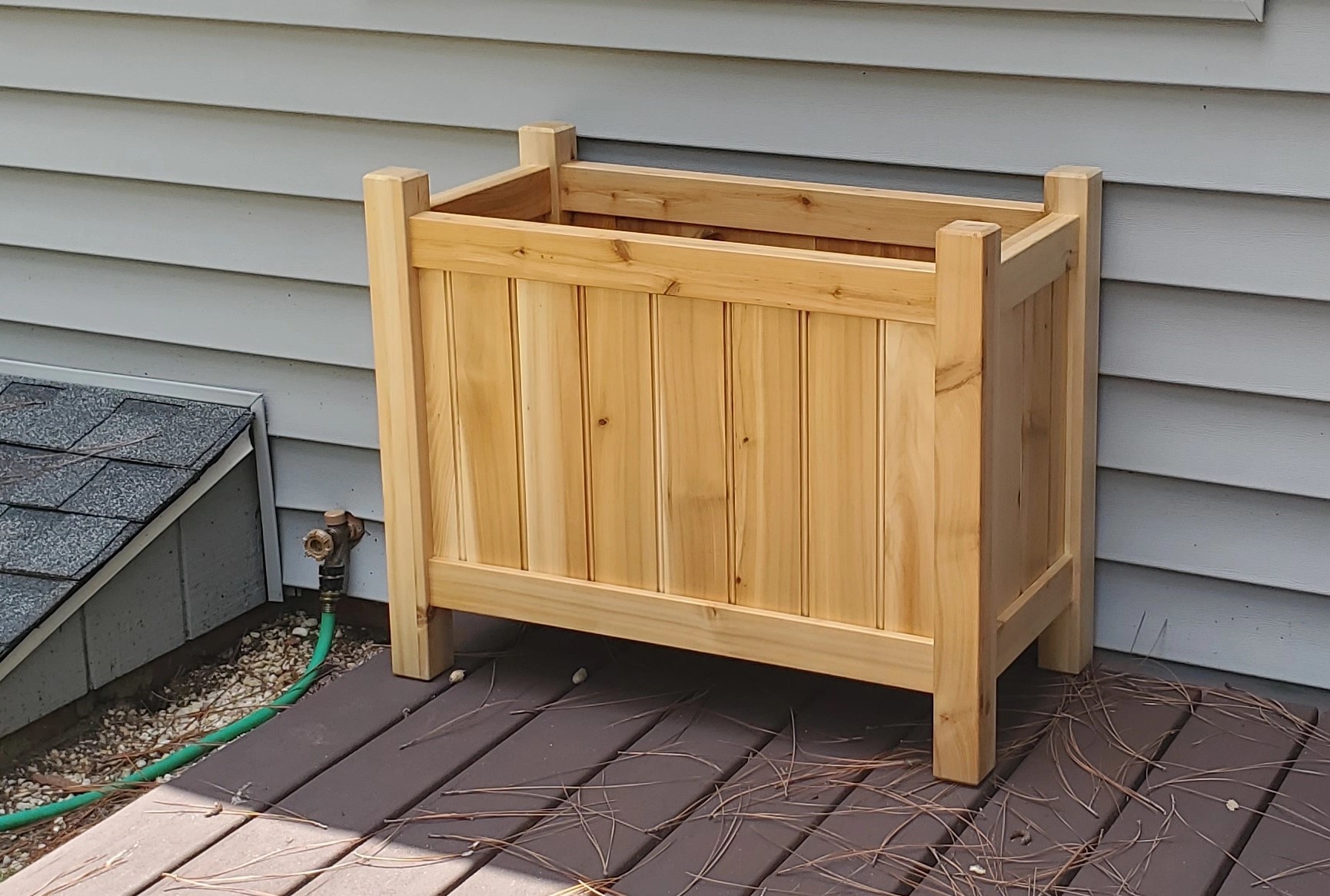
I agree with dance_ninja. Add some colour using art or plants. Paint or a bit of tile would be other options with a bit more effort.
I’ve got much the same scheme, maple cabinetry, white quartz countertops, black fixtures, but we added a pale teal backsplash tile for some nice colour to balance things out.



















Sad to see the news about tteck. His scripts really helped me get off the ground on my own self hosting journey.